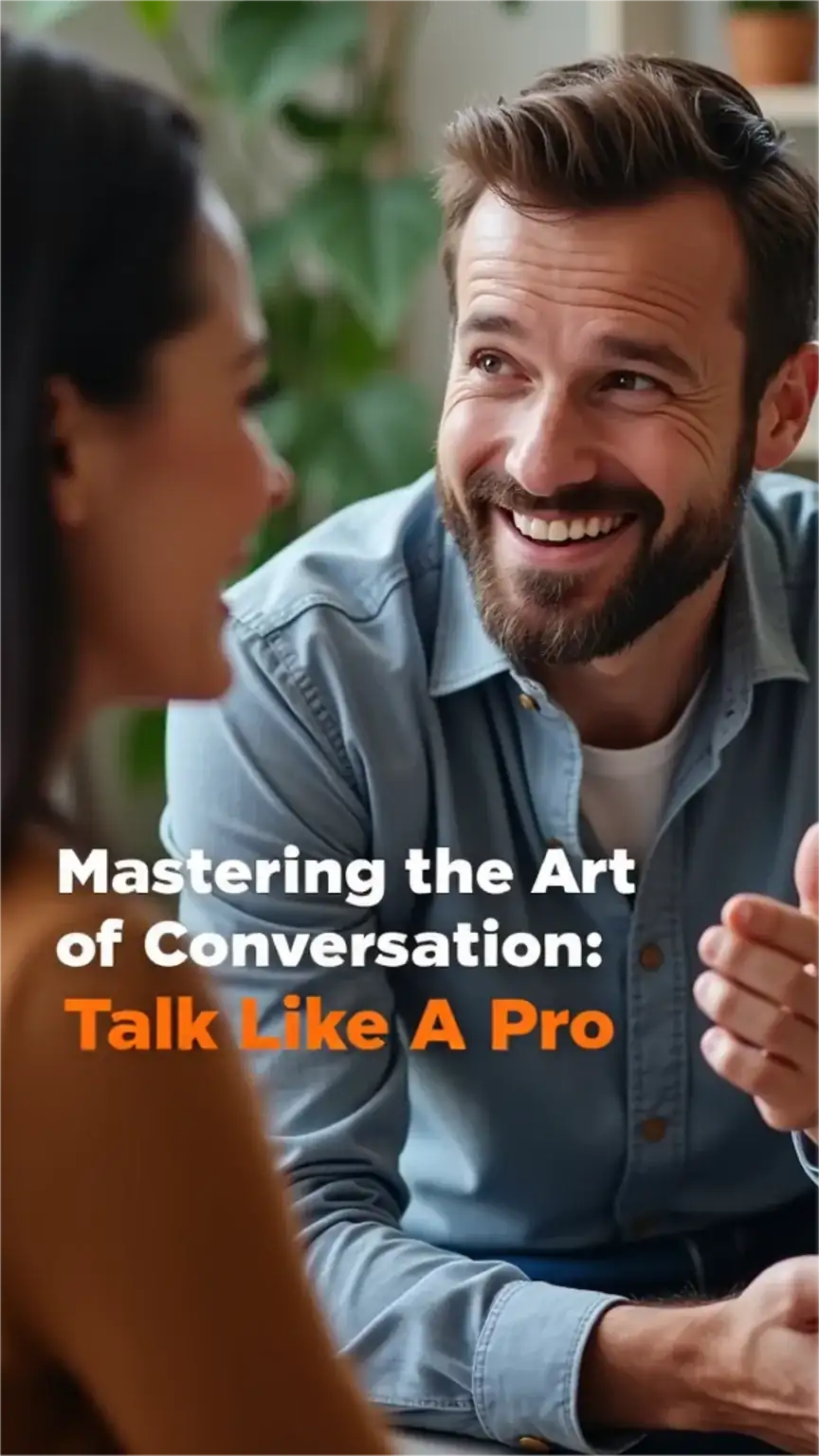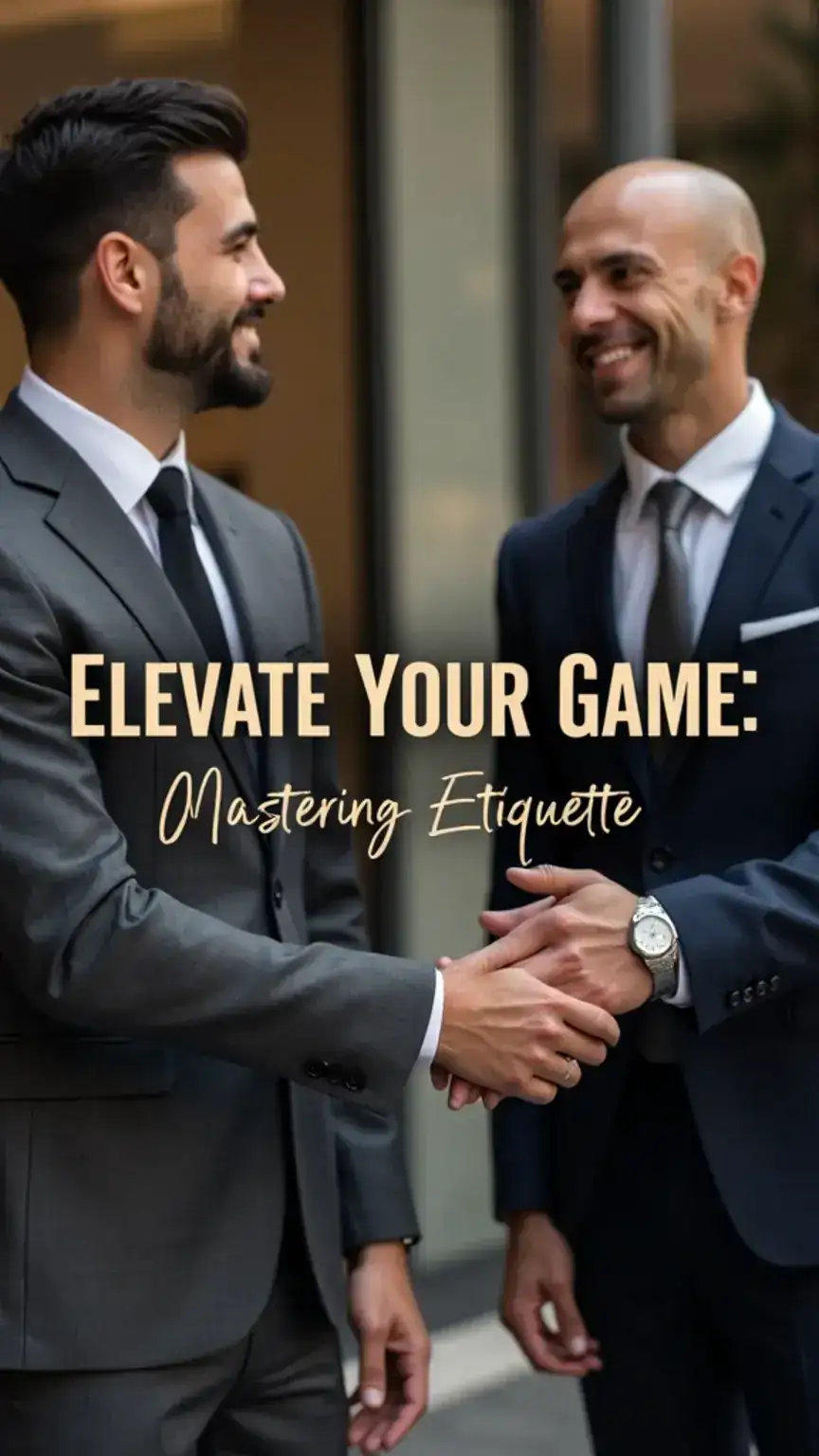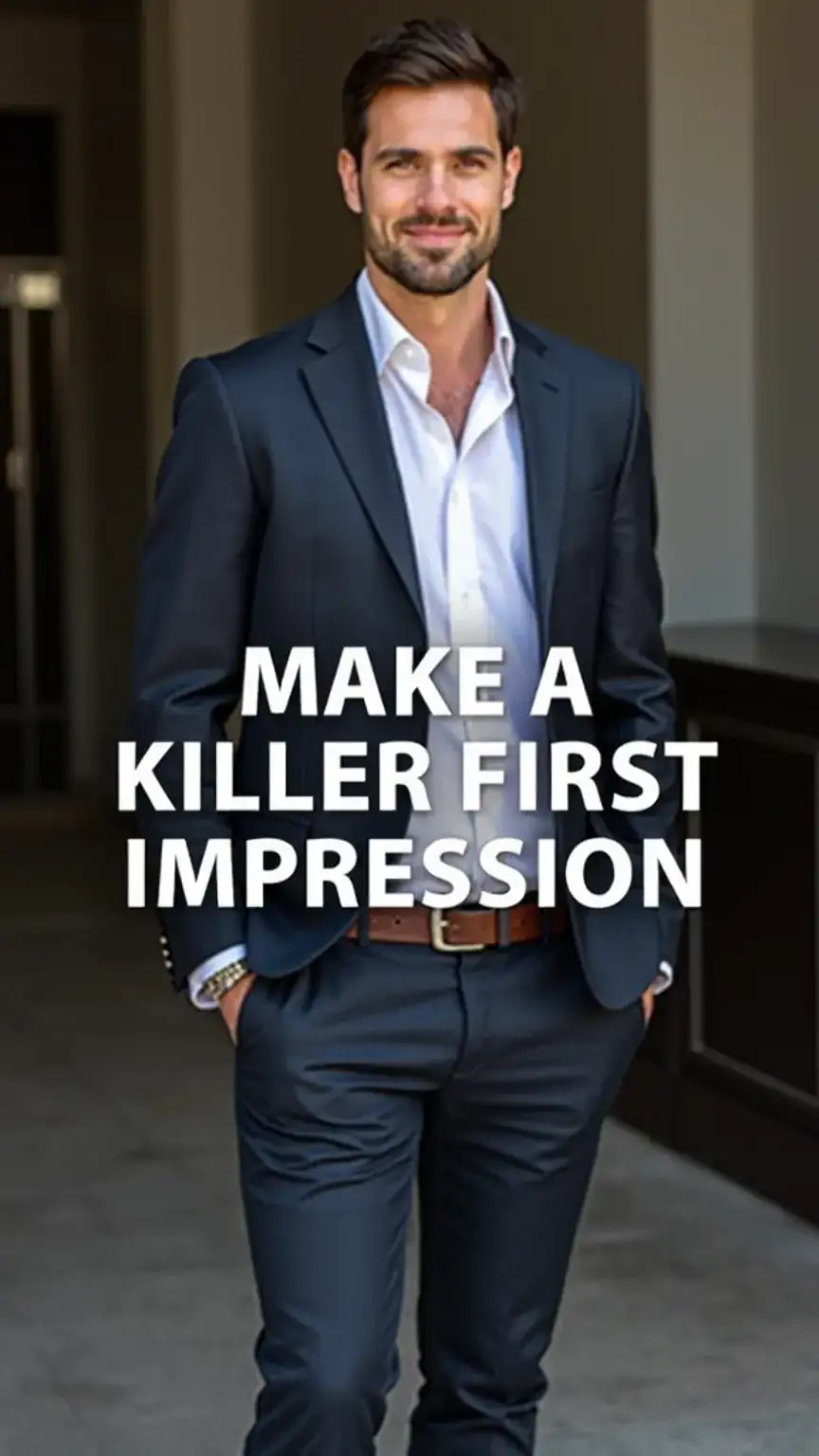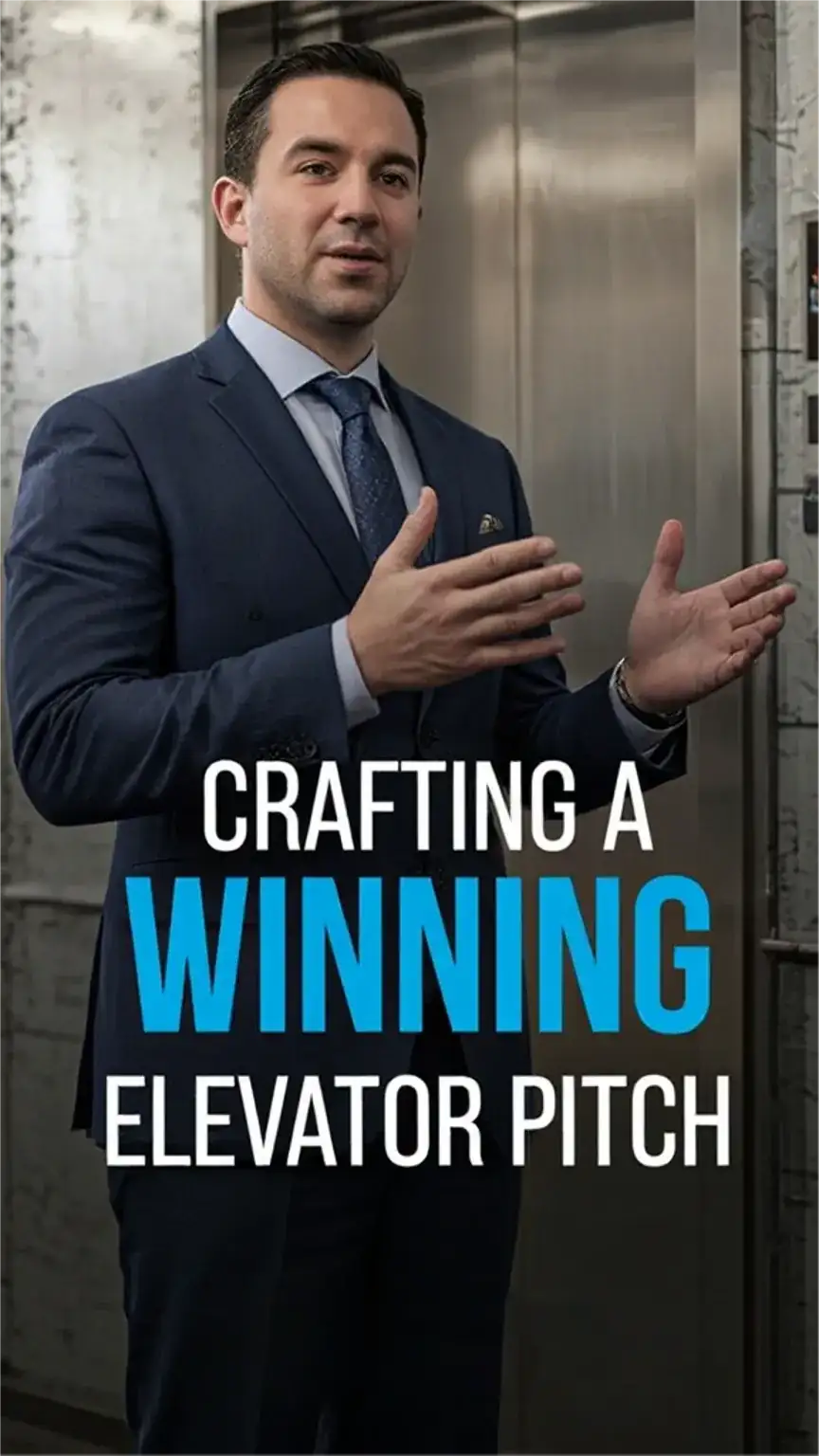As a guy who’s navigated the choppy waters of social interaction for decades, I’ve learned that conversation isn’t just about talking; it’s about connecting. Whether you’re schmoozing at a corporate mixer, charming a date, or simply trying to make small talk at the coffee shop, the ability to hold an engaging chat is a superpower. Think of it as your social currency. A well-placed word can open doors, forge friendships, and even land you that dream client. Conversely, awkward silences and stilted exchanges can leave you feeling like you’re wearing a suit made of sandpaper.
For too long, many men have viewed conversation as an innate talent, something you either have or you don’t. But here’s the secret: it’s a skill. A skill that can be honed, sharpened, and mastered. Imagine walking into a room where your confidence precedes you, where you can effortlessly strike up a conversation with anyone, leaving them feeling heard and appreciated. That’s the power of mastering the art of conversation. It’s about more than just witty remarks; it’s about genuine engagement.
Ladies, if your man struggles to keep a conversation going beyond “How was your day?” or “Did you see the game?”, bookmark this. Understanding these principles can transform his interactions, making him a more confident and engaging partner. Consider it an anniversary gift that keeps on giving.
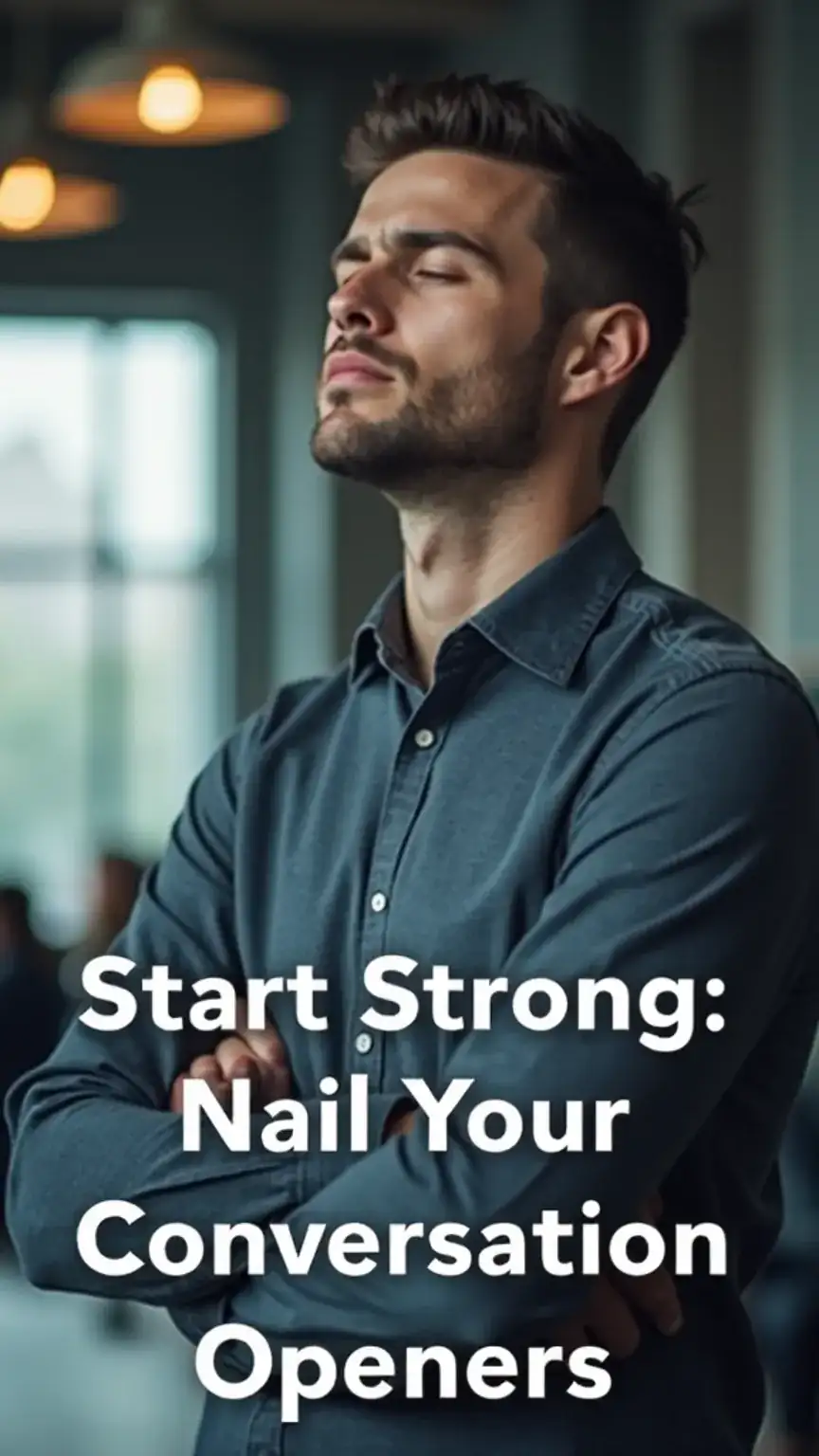
The Foundation: Preparation and Presence
Before you even utter a word, there’s a crucial mental and physical preparation that can make all the difference. It’s like tuning your instrument before a performance. Rushing into a conversation unprepared is like showing up to a black-tie event in a t-shirt – it just doesn’t feel right.
Step 1: Prime Your Mind and Body
Before diving into any interaction, take a moment. Seriously, just a few seconds. Take a deep breath, consciously relax your shoulders (they’ve probably been hunched up there for hours), and settle into a comfortable posture. This isn’t just about looking relaxed; it’s about feeling relaxed. A confident you is far more likely to spark interesting conversations than a tense, fidgety one. This physical grounding translates directly into your mental state, making you more receptive and present.
Think of it like Dave, a 45-year-old accountant who, after a career slump, realized his networking skills were as dry as his tax forms. By implementing these simple preparatory steps before each meeting, he found his anxiety melting away. He started making genuine connections, and it wasn’t long before he landed his dream client, purely through improved rapport.
Step 2: Craft Your Opening Gambit
The first few moments of any conversation are critical. They set the tone and can determine whether the interaction will flow or fizzle. A strong opener is your handshake, your first impression. Don’t just blurt out the first thing that comes to mind. Instead, aim for something that invites engagement.
Consider a thought-provoking question, a lighthearted observation about your shared environment, or even a well-timed, relevant joke. This demonstrates your interest in getting to know the other person and shows you’ve put a little thought into initiating the dialogue. It’s not about being the funniest person in the room; it’s about being the most inviting.
For example, instead of “Nice weather,” try something like, “This weather certainly makes you appreciate [local event/seasonal activity], doesn’t it?” Or, if you’re at an event, “What brought you to this particular [event/talk] today?” These openers are more specific and invite a more detailed response than a generic pleasantry.
The Art of Engagement: Listening and Sharing
Once the conversation has begun, the real work of connection happens. This is where active listening and thoughtful sharing come into play. It’s a dance, not a monologue.
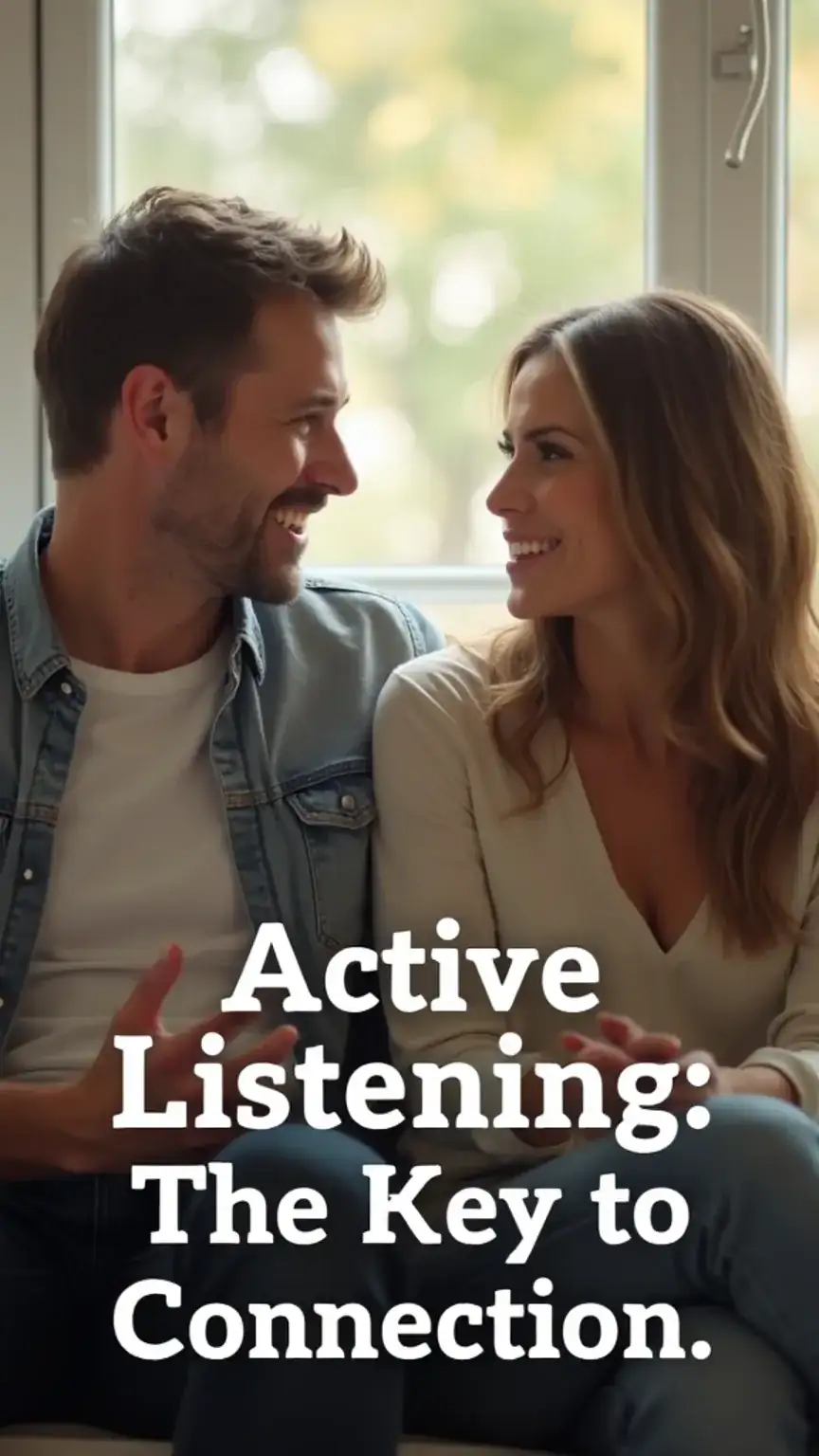
Step 3: Become a Master Listener
This is perhaps the most underrated skill in the conversation arsenal. Most people are busy formulating their next response rather than truly absorbing what the other person is saying. Active listening means paying genuine attention. Show you care through your body language: maintain comfortable eye contact, nod occasionally, and lean in slightly.
Ask follow-up questions that demonstrate you’ve been paying attention. Instead of a generic “Uh-huh,” try something like, “You mentioned you were working on a new project – what aspect of that are you finding most challenging?” This encourages them to open up and share more, fostering a deeper connection. Remember, people love to talk about themselves when they feel truly heard.
This is where many men stumble. We often want to jump in with our own experiences or solutions. However, the initial stage of conversation is often about validation. Let them feel that their thoughts and feelings are important.
Step 4: Share Your Narrative, Thoughtfully
When it’s your turn to contribute, share a relevant story or experience. This adds depth and personality to the conversation, helping to build rapport and create a sense of shared humanity. However, the key here is relevance and conciseness.
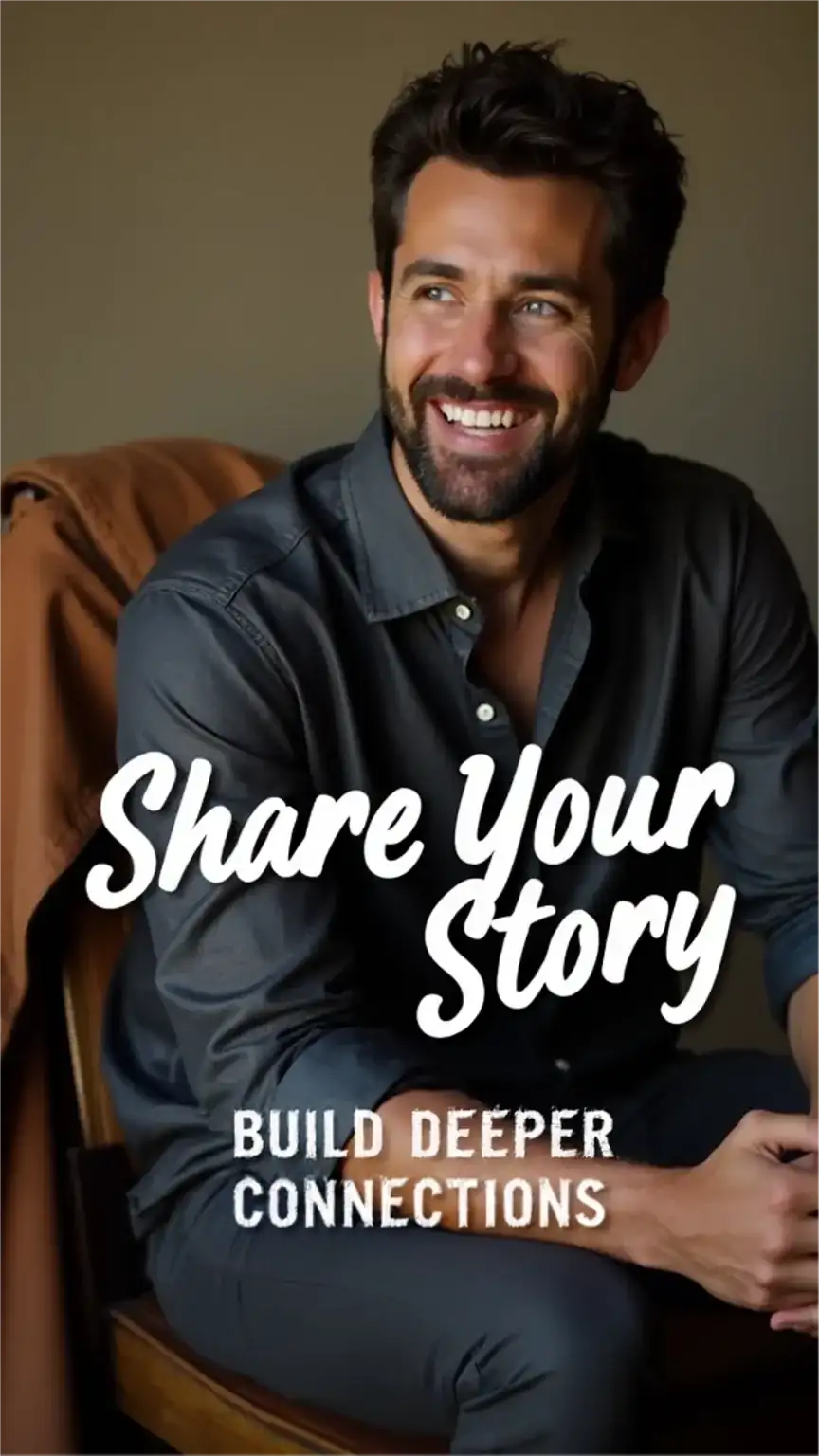
Your anecdote should naturally flow from what the other person has said. It’s not about hijacking the conversation, but about adding to it. Think of it as building a bridge, not a wall. Keep your stories focused and relatively brief. A rambling, ten-minute tale can quickly lose your audience.
A good rule of thumb is the “two-minute rule.” If your story takes longer than that to tell, it might be too much for the current stage of the conversation. For example, if someone is discussing a travel experience, you might share a brief, related travel mishap or a particularly memorable moment from your own travels.
Step 5: Keep it Light, Keep it Flowing
Unless you’re in a deep, intimate setting, it’s generally best to keep the early stages of conversation light and approachable. Avoid diving headfirst into heavy or controversial topics. This can be off-putting and create an awkward atmosphere.

Focus on shared interests, everyday observations, or positive experiences. This creates a comfortable space for both parties to relax and engage. Think about topics like hobbies, recent movies or books, travel, or even lighthearted observations about your surroundings.
Ladies, this is crucial for anniversary dinners or family gatherings. A man who can steer clear of politics or work stress and instead engage in light, pleasant conversation makes for a much more enjoyable evening. It shows emotional intelligence and consideration for the atmosphere.
The Art of Connection: Showing Interest and Knowing When to Exit
True conversationalists aren’t just good at talking; they’re masters of engagement and understand the natural ebb and flow of interaction. It’s about making the other person feel valued.

Step 6: Cultivate Genuine Curiosity
This ties back to active listening, but it goes a step further. It’s about showing your interest, not just feeling it. Ask open-ended questions that require more than a yes or no answer. These are the questions that begin with “What,” “How,” “Why,” or “Tell me about…”
For instance, instead of asking, “Do you like your job?” try, “What do you enjoy most about your work?” or “How did you get into that field?” This demonstrates a genuine desire to understand their perspective and experiences. This curiosity is infectious and can lead to much richer exchanges.
Pro Tip: Pairing your sharpest wit with a genuine smile and open body language is like adding a turbocharger to your conversational engine. It signals approachability and genuine interest, making people more inclined to open up to you.
Step 7: Master the Graceful Exit
Every good conversation has a natural conclusion. Knowing when and how to wrap things up is as important as starting strong. Overstaying your welcome can diminish the positive impression you’ve made.

Look for cues that the conversation is winding down: shorter responses, a glance at the clock, or a shift in body language. When you sense this, smoothly transition to a closing. You might say, “It’s been great talking with you, I should probably mingle a bit more,” or “I’ve really enjoyed this chat, perhaps we could continue it sometime?”
Exchanging contact information or making plans for a future interaction is a strong way to end. It shows you value the connection and want to nurture it. Remember, a polite and timely exit leaves a lasting positive impression. It’s better to leave them wanting more than wishing you’d leave.
Putting It All Together: Practice Makes Perfect
Mastering the art of conversation is a journey, not a destination. It requires consistent effort and a willingness to step outside your comfort zone. Think of it as building a muscle – the more you work it, the stronger it becomes.
Don’t be discouraged by awkward moments or conversations that don’t quite land. Every interaction is a learning opportunity. Take a moment to reflect on what worked well and what you could do differently next time. Embrace the process and celebrate your progress.
For example, take it from Mercer, who, during his automotive marketing days, had to constantly engage with diverse personalities. He realized early on that his ability to connect was directly tied to his career advancement. He actively practiced these techniques, from preparing his opening lines to actively listening during client meetings. The result? Stronger relationships and more successful deals.
Your Conversation Toolkit
To help you on your way, consider these resources that can further enhance your conversational skills and overall presence:
- For improved focus during conversations: Noise-Cancelling Headphones can help you tune out distractions and concentrate on the dialogue, especially in noisy environments.
- For stylish conversation starters: A sophisticated Smartwatch can be a subtle way to initiate discussions about technology, style, or even time management.
- For thoughtful reflection: Keeping a set of Eloquent Notecards handy can be useful for jotting down thoughts, questions, or even follow-ups after a conversation.
Final Thoughts
Mastering the art of conversation is an achievable goal that will profoundly impact your social and professional life. By focusing on preparation, active listening, thoughtful sharing, and graceful exits, you can transform your interactions from mundane to meaningful. Remember to stay relaxed, be genuinely interested, and practice consistently.
Ready to own your image and elevate your social game? Start by implementing Step 1: Prime Your Mind and Body before your next interaction. Then, focus on Step 3: Become a Master Listener in your next conversation. Share your #StyleUpgrade on Pinterest or your favorite socials!
Tag a friend who needs a style intervention or could benefit from these conversation hacks!
